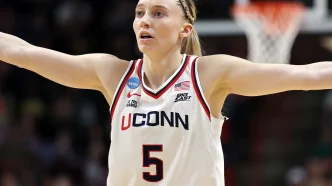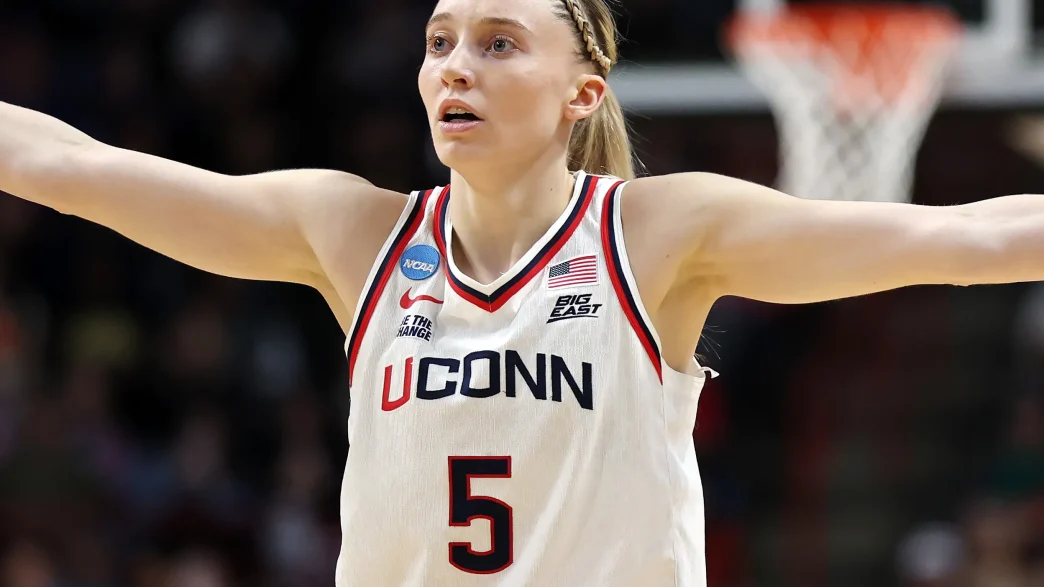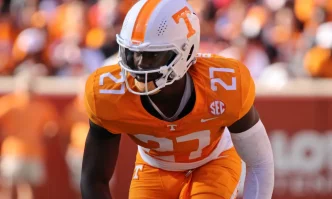The Dallas Wings made a splash in the 2025 WNBA Draft, selecting UConn superstar Paige Bueckers first overall on Monday night—a choice that many viewed as a foregone conclusion. Ever since Bueckers announced in March her decision to enter the draft, the anticipation about her becoming the top pick has been palpable, reminiscent of last year’s excitement surrounding Caitlin Clark.
As the No. 1 pick, Bueckers will enjoy a base salary of $78,831 for her inaugural season, as part of a four-year contract totaling $348,198—a figure outlined by the WNBA’s rookie salary scale. It’s worth noting that the players picked two through four will also land the same contract, which includes a team option in that fourth year.
For those selected lower in the draft, the starting salary for picks five through eight is set at $75,643, with those ranked even lower receiving a base of $72,455 in their first year. Meanwhile, second-round picks will start at $69,267 and those in the third round will earn $66,079.
When we look across the sporting landscape, the disparity between WNBA and NBA rookie salaries is stark. The top pick in the upcoming NBA Draft is projected to land a four-year contract worth $62.7 million, including an eye-popping $13.8 million in the first year. To put this into perspective, the highest salary in the WNBA last season went to Jackie Young of the Las Vegas Aces, who earned $252,450. In contrast, Stephen Curry of the Golden State Warriors raked in $55.8 million this season alone—a reflection of the extreme wage gap between the leagues.
This discrepancy in earnings can primarily be traced back to revenue. The average NBA team pulled in $387 million during the 2023-24 season, while WNBA teams averaged just $18 million last year. The average salary for WNBA players hovered around $120,000 in 2024—painted against the backdrop of a more established NBA, which generates vastly more revenue.
Similar trends of wage disparity can be seen across other professional sports, including North American soccer and hockey. In the NWSL, top salaries reach about $500,000, while Lionel Messi reportedly earned $20.5 million from MLS’ Inter Miami last year, with additional equity that could boost his total compensation to a staggering $60 million. In hockey, Auston Matthews of the Toronto Maple Leafs is pulling in $16.7 million, while the maximum salary in the PWHL caps out at $80,000, bonuses included.
WNBA players are on the cusp of significant pay increases, having opted out of their collective bargaining agreement (CBA) two years early, which will now expire at the end of the 2025 season. This looming potential for higher salaries likely played a role in several top collegiate players deciding to return for another year, including Olivia Miles and Flau’jae Johnson. Bueckers, notably, still had a year of college eligibility remaining when she opted to make the leap to the professional ranks.
Commissioner Cathy Engelbert has emphasized the league’s non-influence over players’ choices to declare for the draft, stating, “It’s their decision. We don’t put pressure on them.” This statement rings especially poignant after Caitlin Clark generated significant attention around WNBA pay last year, despite her own base salary being just $76,535. While she earned roughly $100,000 in total from the league in 2024, that figure represented just 1% of her overall income, placing her 10th among Sportico’s highest-paid female athletes at $11.1 million.
The conversation on WNBA pay gained even more momentum with the emergence of the women’s 3-on-3 basketball league, Unrivaled, which boasts an average player salary exceeding $200,000 for a two-month season. Bueckers has already made her mark here, signing an NIL deal with Unrivaled and acquiring an ownership stake. Reports suggest that her forthcoming three-year engagement with Unrivaled will yield more in its first year than her total WNBA contract of $348,198.
The current WNBA CBA provides various earnings opportunities beyond base salaries. Players can earn bonuses for accolades such as regular-season MVP ($15,450), All-WNBA first team selections ($10,300), and All-Star Game MVP honors ($5,150), among others. A WNBA championship is worth $20,825 per player, while winners of the Commissioner’s Cup receive a bonus of $30,000 each. Additionally, teams can offer a “time-off” bonus of up to $50,000, encouraging players to refrain from overseas play during the offseason.
To further enhance their earning potential, WNBA players may also participate in a Player Marketing Agreement (PMA), which compensates them up to $250,000 to serve as brand ambassadors for the league and its partners. Although the PMA began with three players in the 2022 season and expanded to 10 the following year, rookies like Bueckers aren’t eligible to join the program until after their first year in the league.
The CBA also outlines a Team Marketing Agreement (TMA) that can pay up to $4,000 per week, with teams allowed to spend up to $150,000 on these agreements annually for all players. The WNBA hopes to secure its stars under PMAs, but players often navigate their own sponsorships and off-the-court earnings independently.
Bueckers enters the WNBA riding high after claiming the Naismith Women’s College Player of the Year award as a freshman and leading UConn to its first national championship since 2016. Her time in college has equipped her with a robust endorsement portfolio, having secured deals with over 25 companies, including major names like Verizon and Gatorade. Notably, a significant portion of these are multiyear agreements set to extend into her professional career. Bueckers is also an advisor with equity stakes in beauty brand Madison Reed and the new girls’ basketball league fronted by Overtime, underscoring her entrepreneurial spirit and influence in the sport.
With her talent and business acumen, Bueckers’ entry into the WNBA will not only shape her future but could also influence the league’s trajectory and its growing visibility on the national stage.







